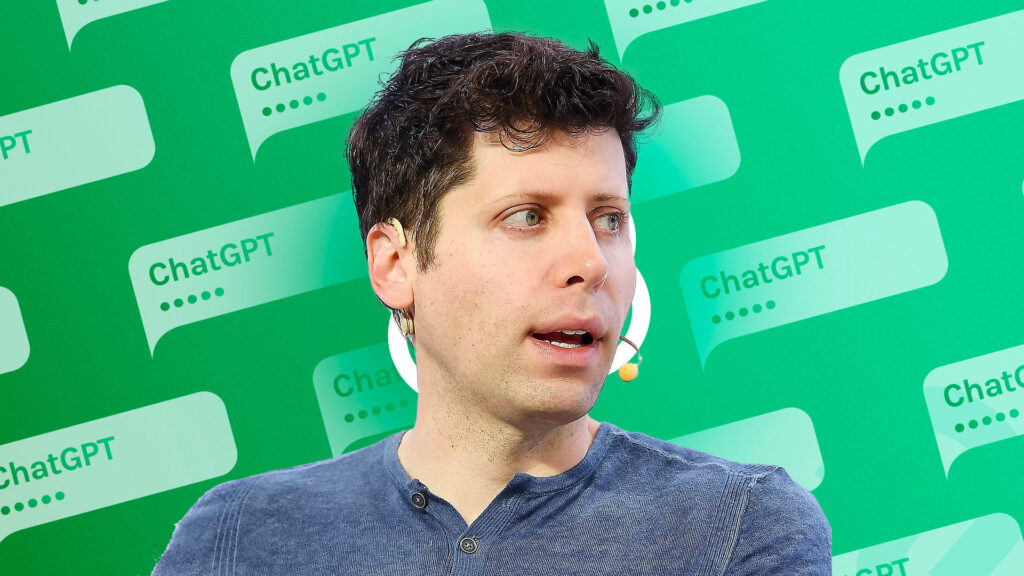The Rabbit R1 is one of the first standalone AI companion devices to hit the market, offering the ability to translate languages, identify objects in your environment, and order DoorDash, among other things. It's been in the news last week for its all around poor reviews that cite poor battery life, painfully slow responses, and missing features (sound familiar?). Now, it's been confirmed that the Rabbit R1 is powered by an Android app that can run on existing Android phones. Android Authority reports: What ended up souring a lot of people's opinions on the product was the revelation -- in an Android Authority original report -- that the R1 is basically an Android app in a box. Many consumers who believed that the product would be better suited as a mobile app felt validated after our report, but there was one stickler in it that we needed to address: how we got the R1 launcher up and running on an Android phone. See, in our preliminary report, we mentioned that the Rabbit R1's launcher app is intended to be preinstalled in the firmware and be granted several privileged, system-level permissions. While that statement is still true, we should've clarified that the R1 launcher doesn't actually need those permissions. In fact, none of the system-level permissions that the R1 launcher requests are at all necessary for the app to perform its core functionality.
To prove this, we got the Rabbit R1 launcher up and running again on a stock, unrooted Android device (a Xiaomi 13T Pro), thanks to help from a team of reverse engineers including ChromMob, EmilyLShepherd, marceld505, thel3l, and uwukko. We were able to go through the entire setup process as if our device was an actual Rabbit R1. Afterwards, we were able to talk to ChatGPT, use the Vision function to identify objects, play music from Spotify, and even record voice notes. As demonstrated in our hands-on video at the top of this article, all of the existing core functionality that the Rabbit R1 offers would work as an Android or even iOS app. The only functions that wouldn't work are unrelated to the product's core functionality and are things your phone can already do, such as powering off or rebooting the device, toggling Bluetooth, connecting to a cellular or Wi-Fi network, or setting a screen lock.
During our research, Android Authority was also able to obtain a copy of the Rabbit R1's firmware. Our analysis reveals that Rabbit did not make significant modifications to the BSP (Board Support Package) provided by MediaTek. The R1, in fact, still ships with all the standard apps included in AOSP, as well as the many apps provided by MediaTek. This is despite the fact that none of these apps are needed nor ever shown to the user, obviously. Rabbit only made a few changes to the AOSP build that MediaTek provided them, such as adding the aforementioned R1 launcher app, adding a fork of the open-source "AnySoftKeyboard" app with a custom theme, adding an OTA updater app, and adding a custom boot animation. [...] Yes, it's true that all the R1 launcher does is act as a local client to the cloud services offered by Rabbit, which is what truly handles the core functionality. It's also true that there's nothing wrong or unusual with companies using AOSP for their own hardware. But the fact of the matter is that Rabbit does little to justify its use of custom hardware except by making the R1 have an eye-catching design.


Read more of this story at Slashdot.

